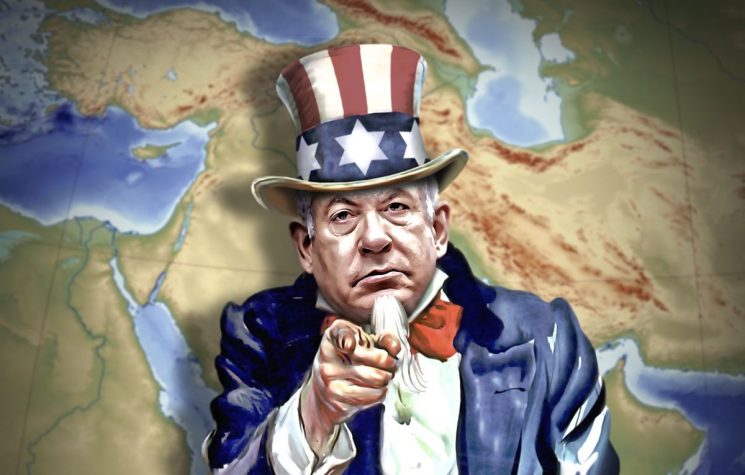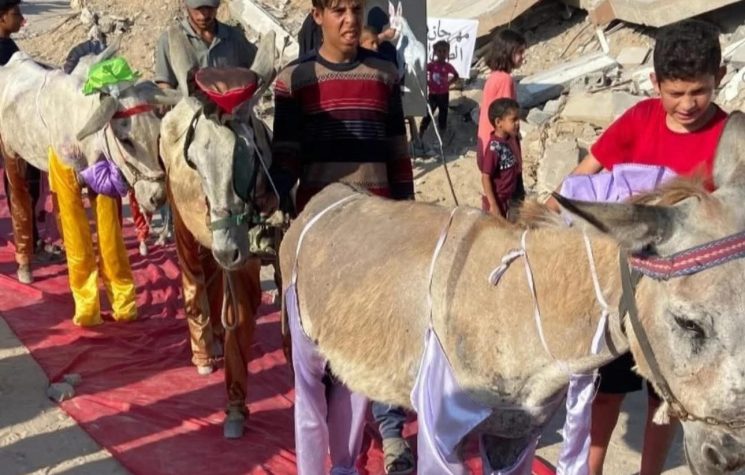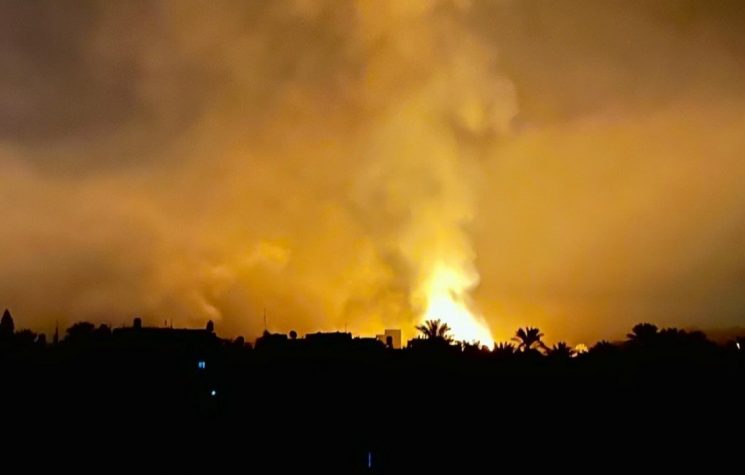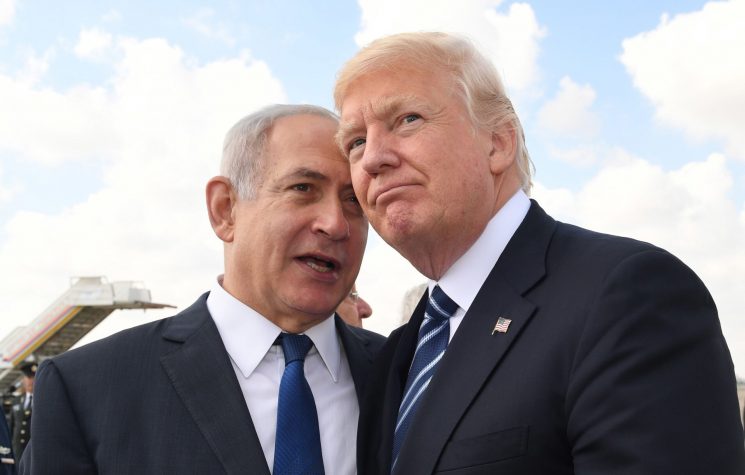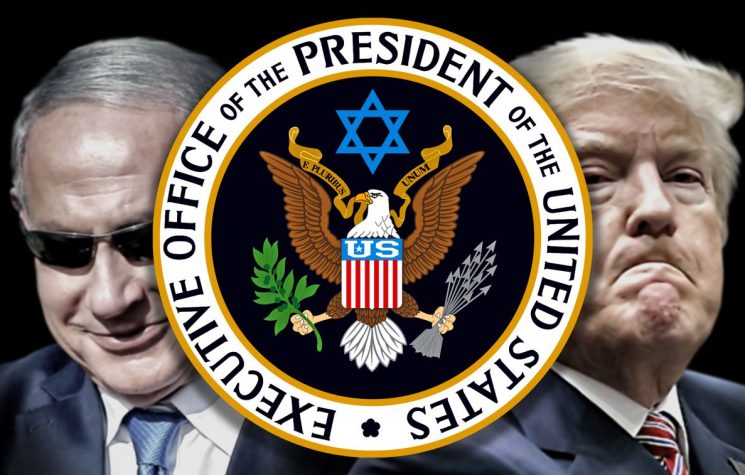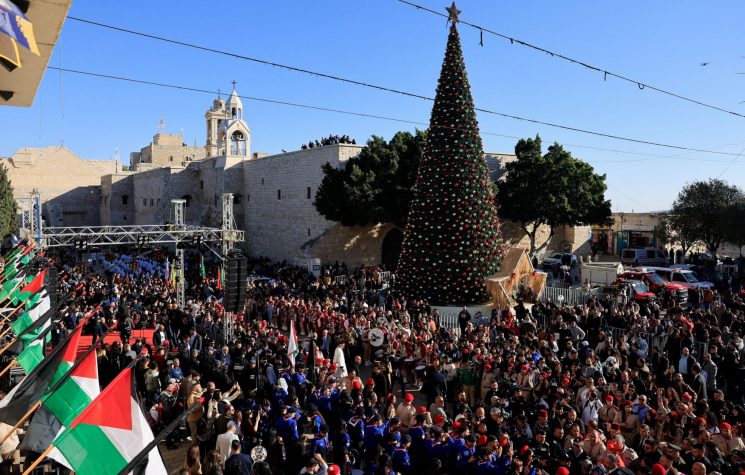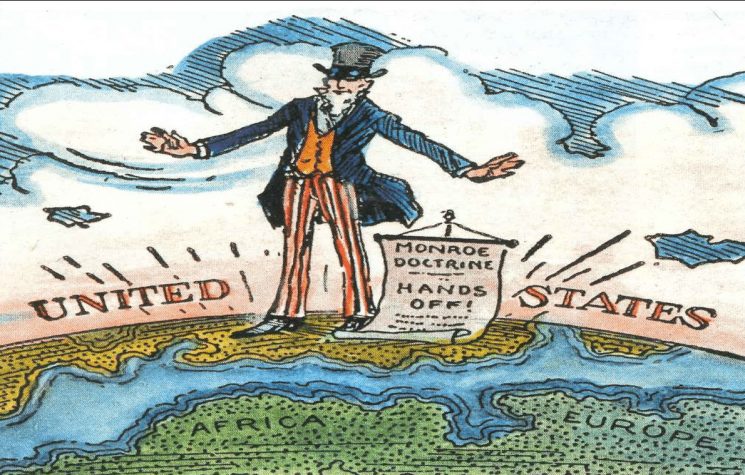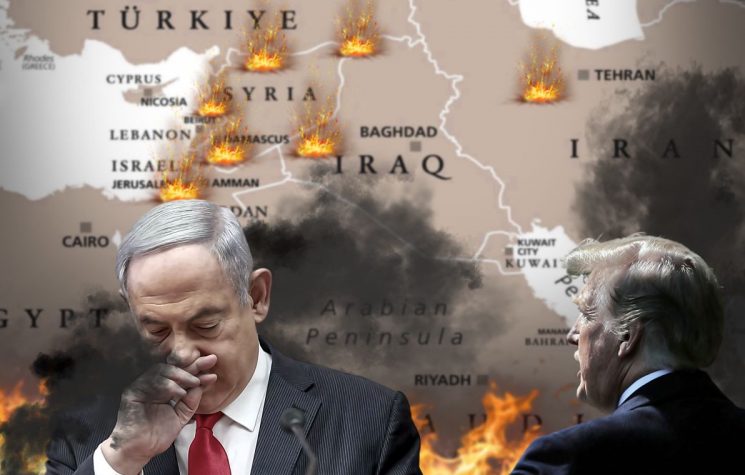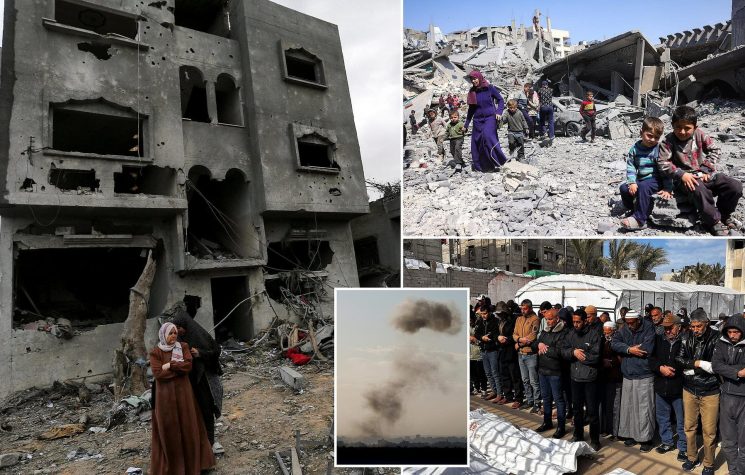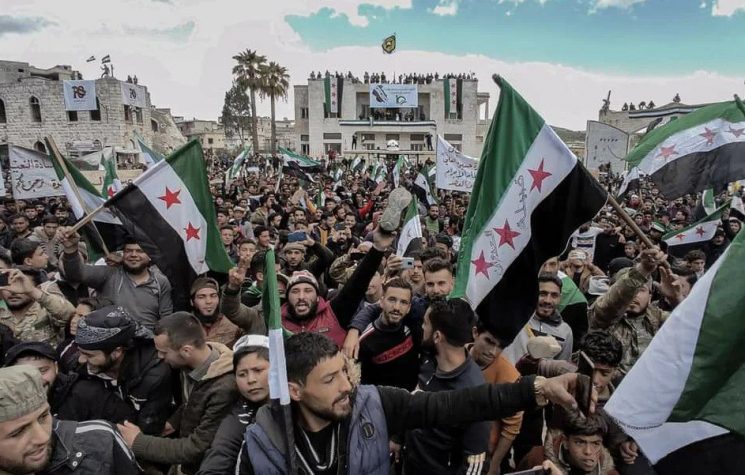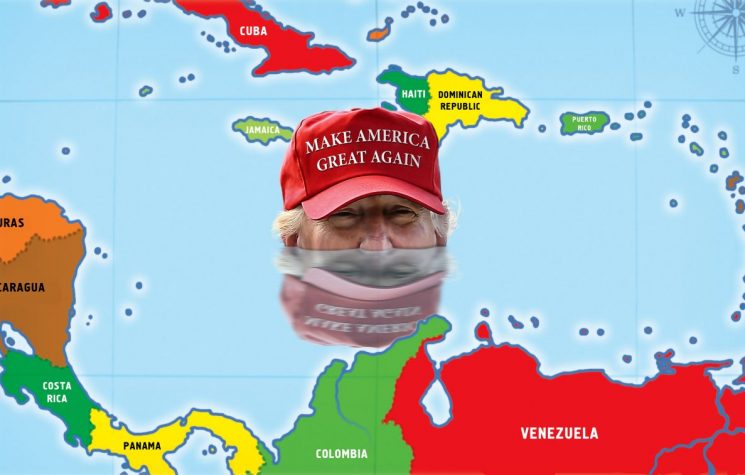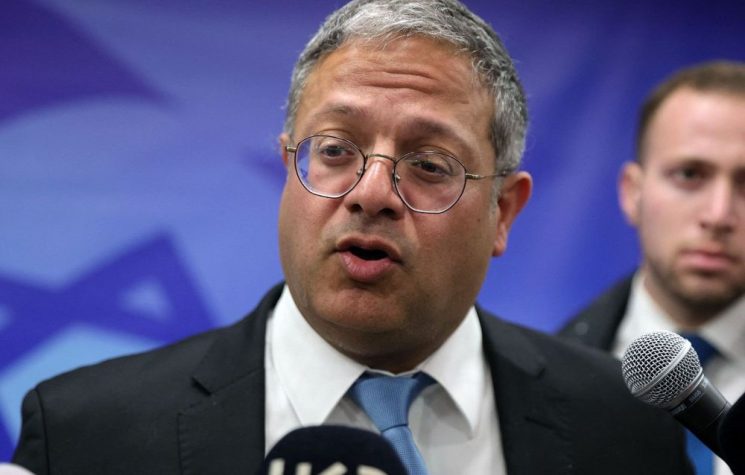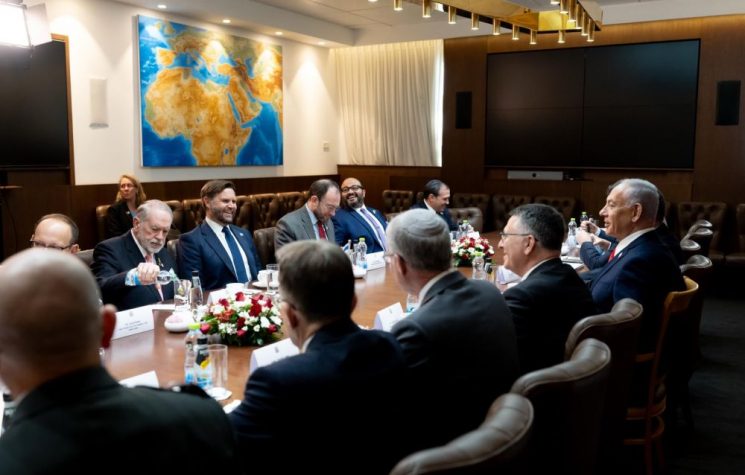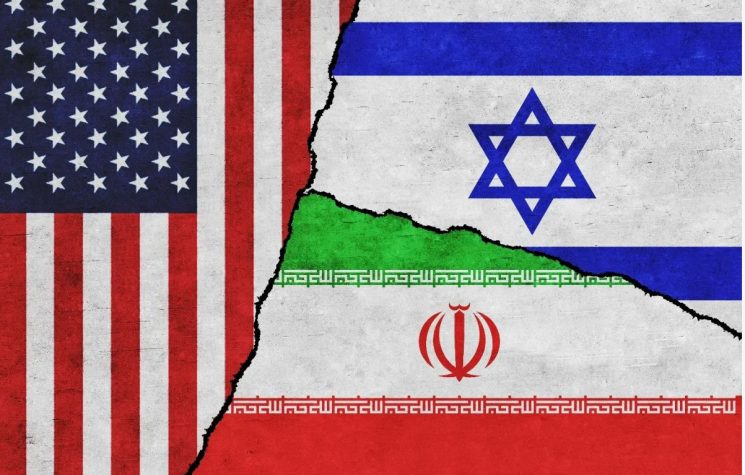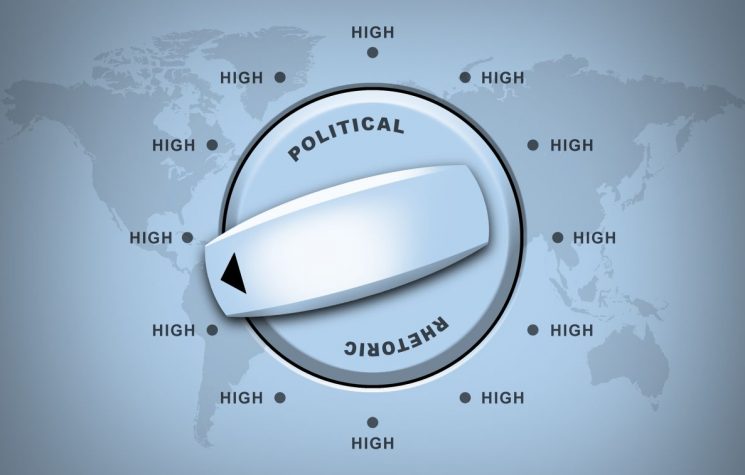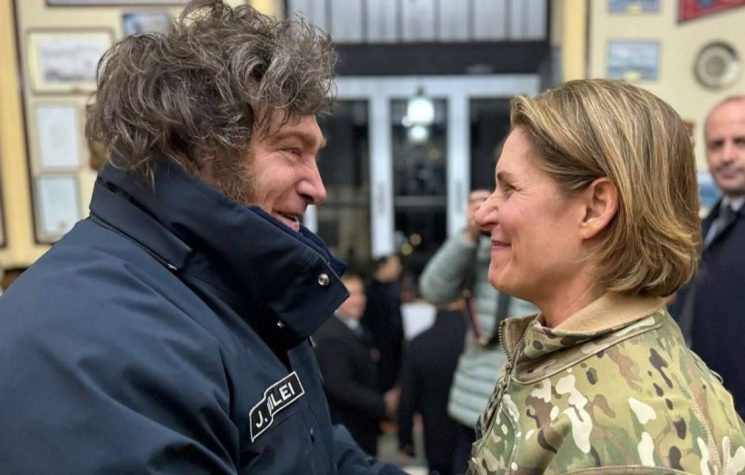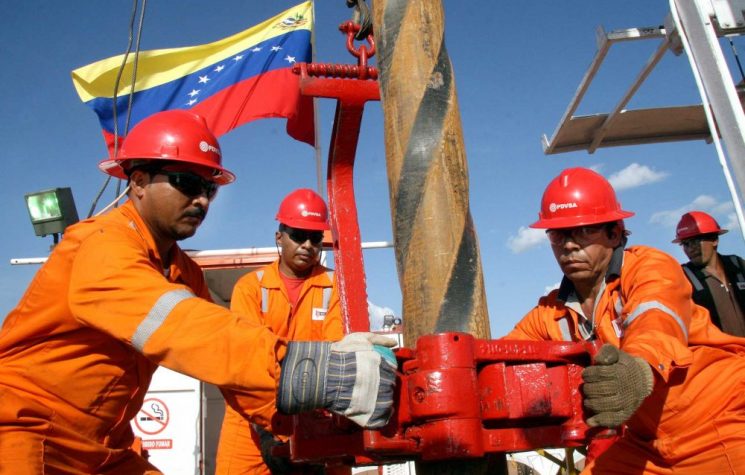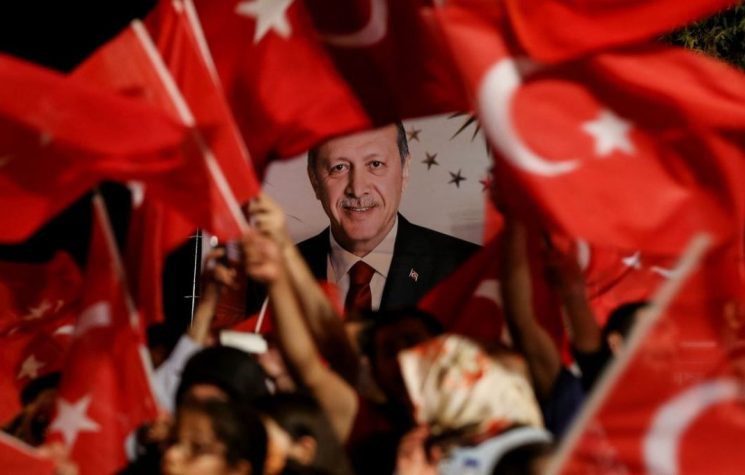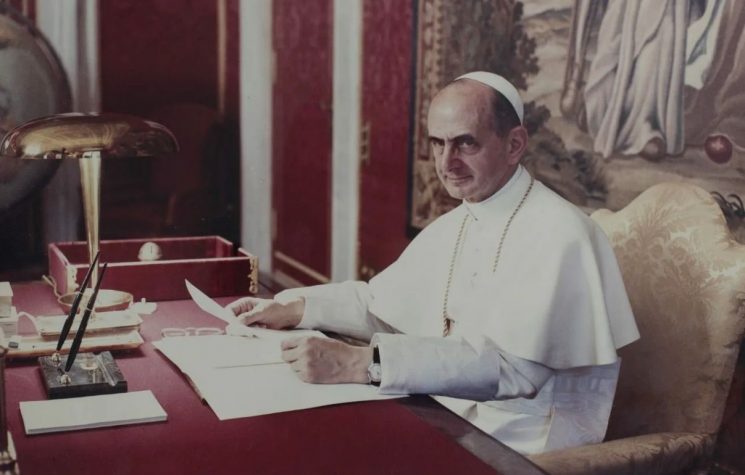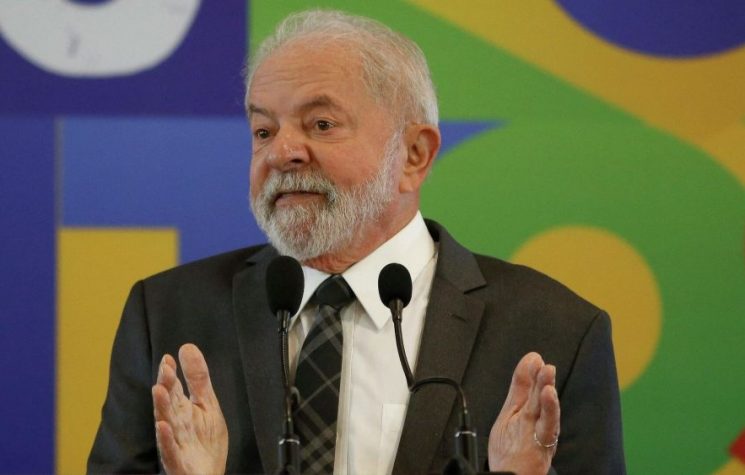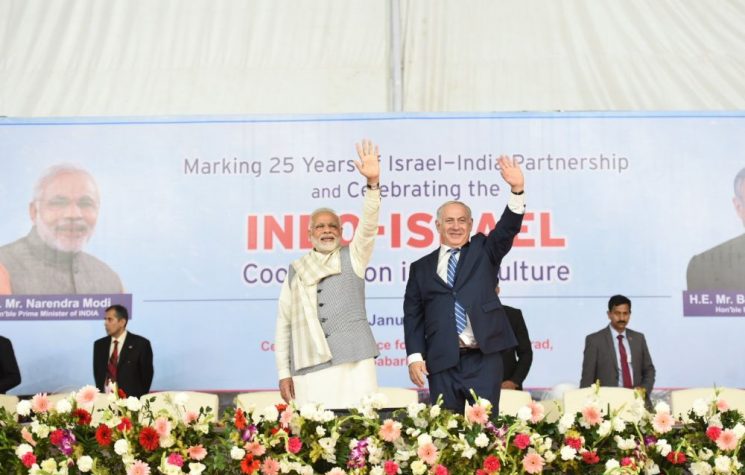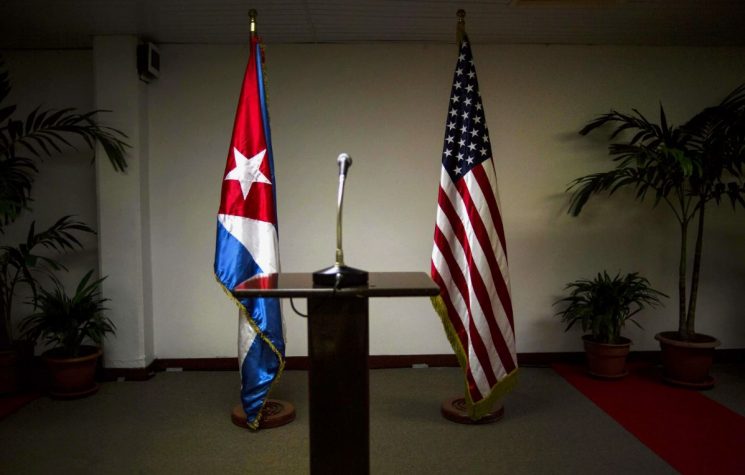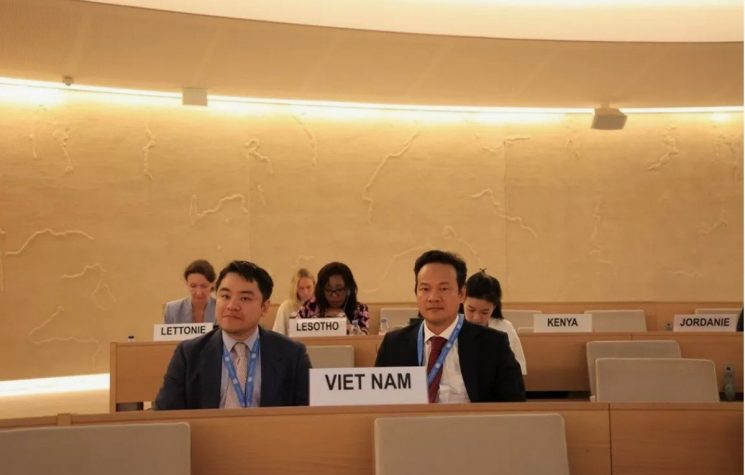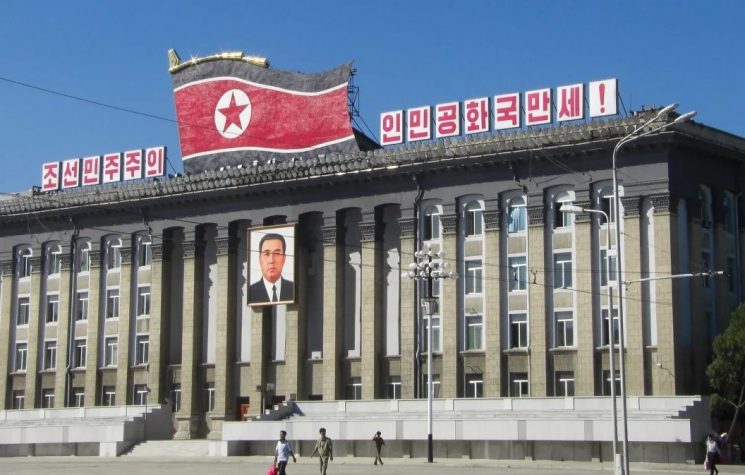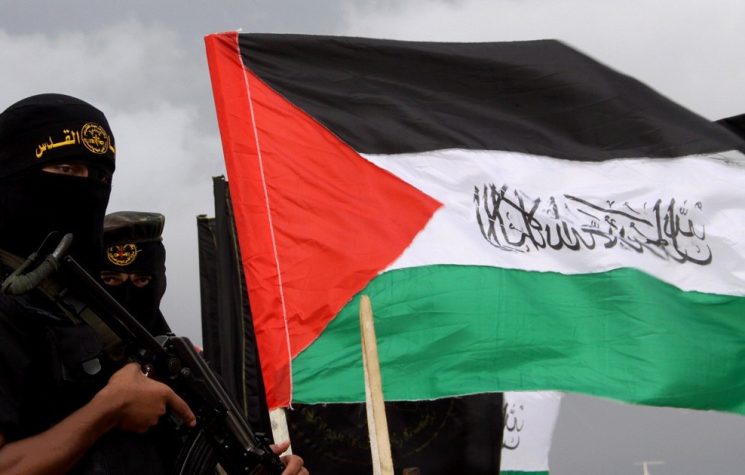The survival of Palestinians in Gaza is not merely a matter of daily sustenance but forms the material foundation for any future Palestinian state.
Join us on Telegram![]() , Twitter
, Twitter![]() , and VK
, and VK![]() .
.
Contact us: info@strategic-culture.su
In the wake of Trump’s rolling out a 20 Point Plan to end the war in Gaza, it is critical to continue humanitarian assessments based on the fact that between now and its implementation (which is itself not yet guaranteed), Palestinians today face the threat of mass starvation. While there are reports that Netanyahu has agreed to the peace plan, the history of these matters justifies legitimate concern. There are already signs that Netanyahu is speaking at odds with the plan. This appears to be because it entails it the realization of the Palestinian right to self-determination that could ultimately create a Palestinian state. The plan itself also calls for the immediate widespread resumption of UN food relief and medical efforts across Gaza. However, at this moment, the single largest organization operating in Gaza is the Gaza Humanitarian Foundation, an organization that has received widespread criticism in Western official press, UN reports, and rights organizations.
Human rights groups and the UN conclude that Israeli Prime Minister Benjamin Netanyahu’s overall aim in Gaza has the effect of creating starvation in order to effect an ethnic cleansing of the Palestinians. But a U.S. created program by President Trump, the Gaza Humanitarian Foundation (GHF), established to feed Palestinians, is receiving negative reception from establishment press including their televised media, as well as left-wing internet-based media. It has also been directly criticized by the UN itself. On the face of it, this criticism would appear to find justification in two facts: Israel is on paper as a co-sponsor of this initiative, and also that IDF soldiers and U.S. contractors have opened fire at people gathering to receive food from GHF food distribution sites. In other words, a question is posed: is the GHF a real effort to counter the ethnic cleansing by way of starvation, or is it a ‘humanitarian cover’ for a criminal agenda of depopulation combined with planned on-site shootings to discourage seeking out food? Our impressions boil down to how one reads the reports from the UN, the press, and human rights NGOs, and understanding what Netanyahu’s aims are.
The issue surrounds the GHF’s genealogy, where its support comes from, and whatever meaning from which we can best interpret its role. In other words, if this is also Israel’s approved food distribution organization, and if potentially they aim to ethnically cleanse the Palestinians from Gaza despite Netanyahu’s (tentative?) agreement with Trump’s 20 point plan (with caveats), then it follows that these distributions sites are particularly perilous places to be. No doubt, they are. But compared to what?
Defining the GHF Press Problem
One question then is whether the negative press the GHF receives is incomplete and decontextualized in its reporting, or whether reporting on it is done in a manner consistent with how other humanitarian efforts are treated, for example relief from the UN agencies. This is an important question because the stakes are very high. Is the negative press in Western liberal papers of record designed to contribute to an overall strategy of delegitimizing Trump at the cost of furthering the famine in Gaza? After all, journalism, criticism, and the degree of public support for an endeavor figures into its future access to resources and its lifespan as well. Attacks on the GHF could lead to its defunding, at the cost of hundreds of thousands of not the entire remaining population of Gaza. Such a mass starvation would immediately raise the question of a forced, relocation initiated by other concerned parties, not by Israel necessarily, even though it would fit into what human rights groups and the UN have also said is the policy of the Netanyahu government.
If the GHF weren’t the largest, or by some accounts really sole, remaining food distribution outlet in Gaza, or if there were viable alternatives given Israel’s disastrous decision to block the UN, then undermining its work by casting aspersions on its work on the basis of its alleged real intent, would be justified and important; it would have the effect of making room for other more credible actors on the ground. But this is not the case.
In addition, these same publications have a track record of criticizing Trump whether it is for being too hawkish or too dovish. Their own narrative inconsistency can frustrate anyone trying to understand the real state of things, when the most consistent approach in the same journalism has been mostly to point out Trump’s deficiencies. Whether that criticism comes from left-wing or right-wing talking points, legacy publications of record find unity in focusing negatively on Trump.
That history, however, does not answer the question: In this case does criticizing the GHF better fit into a coherent picture of soft-selling the ongoing humanitarian travesty underway in Gaza at the hands of the IDF, or are reports using connotative rhetorical devices that lay blame on the GHF, for what are instead IDF behavior or orders from higher-ups on the Israel side, actually working to limit the effectiveness of the GHF?
Missing from this context is, among other things, that the policy of Netanyahu is genocide by starvation followed by forced relocation, not a plan to feed Palestinians such that there is a one in three-hundred thousand chance of a Palestinian being killed while queuing for the same food that keeps them otherwise alive and in Gaza, assuming some 800 Palestinians have been killed at GHF points in total, while millions every day are fed. This absence of a broader context is expected in politics, but the concern here is that these work to delegitimize the actual GHF effort which remains today in reality the only major organization objectively working against the genocide-by-starvation project, regardless of reports and declarations that it serves an ulterior purpose. The fact of this reality in which the GHF is the only real actor is problematically because Israel only allows the GHF to function. This is indeed the conundrum.
Where in any journalistic, opinion, or advocacy-analysis pieces in the Western press have we seen a criticism of the environment that the GHF is forced to work under separate from criticisms that the GHF is a bad-faith actor? Where, even if alongside real (if incomplete) reporting on its internal problems and long-term goals for Gaza, and concerns about contribution to or legitimizing the Israeli invasion of Gaza, do we find a call for pressure on the IDF to ease-off the GHF food distribution sites? Why cannot this separate point be articulated or advocated for?
Perhaps because of one of the GHF’s backers is Israel, which connects us immediately to the accusations of trying to starve out the entire population. This treats its government monolithically and does not address differences between Bennet and Lapid with those of Netanyahu. Together with the smaller Democrats (Labor) party leader, Yair Golan, they have advocated for bringing the hostages home, ending the war now, and establishing a reconstruction norm. Reports in Israeli press indicate Trump triangulating against Netanyahu and looking to align with Bennet. We also have to add the Trump factor: the establishment media are not Trump allies.
Trump’s 20 Point Plan for Gaza: Between Likud and the Arab League
The public unveiling of the 20 Point Plan makes the question of food relief now so critical. With world focus now on the details of the plan which do include the resumption of relief, and also whether all parties will really agree, it is easy to overlook that the situation for the Palestinians in Gaza is dire and that disease and starvation are the biggest risks to survival between now and any realization of the peace plan. Those targeting GHF distribution sites, whether as humanitarians in journalism or UN reports, or in the opposite form of IDF soldiers carrying out orders to fire upon the civilians, are in a way both acting against the core Gaza reconstruction objectives, which Trump has approved.
How so? These call for no displacement of Palestinians and a right of return to those who temporarily relocate. This is in line with what is known of the Arab League’s Gaza reconstruction plan, adopted at the Cairo summit in March of this year, a plan that President Trump’s chief negotiator, Witkoff, had expressed a degree of optimism towards. That optimism appears realized in Trump’s 20 Point Plan. The GHF forms a key part of the initiative, advancing goals contrary to Netanyahu’s starvation policy, even as it aligns with other Israeli business and governmental interests that are in agreement with the Arab League towards the rebuilding of Gaza.
One can reasonably conclude that Netanyahu’s policy was to implement the logical outcome of total Palestinian population displacement and starvation, colonize Gaza with Israeli and global investment, satisfy radical settler groups, and bring forth his vision of a larger Israel.
This is at odds with both the Arab League Summit Plan from Cairo earlier in the year, and Trump’s 20 Point Plan now as well. It has been Netanyahu that has refused comprehensive hostage release proposals from Hamas and has been the one calling for gradual release in ones and twos. Disagreements within Israeli political structures have also been profound, his legal problems aside (though not unrelated), with the Israeli opposition repeatedly calling on him to free all the hostages all at once, and bring an end to the war, contrary to Netanyahu’s policy.
Counteracting Netanyahu’s Policy?
Netanyahu’s policy toward Gaza had from the outset relied on the systematic use of starvation as a means of achieving demographic and political objectives. The strategy has involved restricting access to essential food and humanitarian services in order to force Palestinians to leave their homes, undermine the social fabric, and make the establishment of a Palestinian state practically impossible. In this environment, the IDF and U.S. contractors operating in Gaza have openly received orders that are widely regarded as illegal under international law, including firing upon civilians at the periphery of aid distribution sites. Reports from contractors themselves confirm that these orders are often issued without legitimate pretext, and recent promotions within the IDF have been tied to loyalty to the Likud party, further reinforcing the politicized nature of military operations in the region. While Israel’s connection with the GHF can be a large part of the framing that works to treat its project as a distraction front for a war crime, these general narratives do not give the subject the granularity and nuance it requires.
Narratives can be compelling, but facts should also be allowed to speak: Currently the GHF delivers up to 2 million meals a day, the same number that need food aid, reaching the population most at risk from starvation, including internally displaced persons and families living under siege conditions. The operation of the GHF has been deliberately structured to maintain access under these constraints, providing a tangible mechanism for survival in a context where other humanitarian organizations have been largely incapacitated.
The choices surrounding the locations of the GHF distribution sites can be interpreted various ways. It is accurate to say that these are placed in ways that require Palestinians to move into IDF approved areas of the strip. There is no reason to doubt that these can be used to tie in to a plan to ultimately locate Palestinians to a small part of the Gaza strip near Rafah, or concentrate them into camps such that they can be transported out of Gaza against their will: ethnically cleansed. At the same time, the existence of these food distribution sites allows the population to in fact stay, leaving various actual post-conflict possibilities very open and realizable. After all, Palestinians would be generally forced to leave areas which the IDF had already leveled for practical reasons alone. The scale of the destruction is totalizing and easily constitutes a war crime. Trump’s 20 Point Plan relies on the reconstruction of all of Gaza to be for the benefit of Palestinians, “2. Gaza will be redeveloped for the benefit of the people of Gaza, who have suffered more than enough.”
The Collapse of UN and International Aid
Prior to the establishment of the GHF, international aid efforts in Gaza were insufficient to meet the scale of need. The United Nations Relief and Works Agency (UNRWA) was capable of distributing approximately 330,000 meals per day. Since March 2nd, 2025, the UNRWA was banned from entering Gaza by the Israeli government. As of September 23, 2025, most all organizations have ceased food distribution operations in Gaza due to ongoing blockade conditions and lack of access, leaving the GHF as the sole operational lifeline for the approximately 2.1 million Palestinians who require daily food assistance.
While Israel nominally exercises operational oversight over GHF distribution sites, this oversight does not prevent the IDF from attacking the periphery of these locations. Contractors continue to report orders to fire upon civilians attempting to access aid, creating an environment in which GHF operations proceed under constant threat and demonstrate resilience despite significant logistical and security challenges.
Conclusions on Trump’s Intervention vs. Netanyahu’s Strategy
The establishment and continued operation of the GHF represents a direct intervention against Netanyahu’s broader plan of population reduction through starvation. By creating a humanitarian infrastructure capable of functioning under siege conditions, the Trump administration effectively split the Israeli right and forced Netanyahu to contend with both domestic and international scrutiny regarding the treatment of Palestinian civilians. In contrast, the Biden administration and Vice President Kamala Harris offered public statements in support of Palestinian rights but failed to implement actionable mechanisms to replace UN operations already reduced at the time. This divergence in policy highlights the unique role that the GHF has played in preserving life and maintaining the material conditions necessary for Palestinian self-determination, while also doing so through a vehicle that Netanyahu was cornered into signing off on. In many ways, the reconstruction plan where Palestinians remain, rebuild, and are the main beneficiaries of, relies on the GHF to succeed.
Humanitarian Stakes and Political Implications
The survival of Palestinians in Gaza is not merely a matter of daily sustenance but forms the material foundation for any future Palestinian state. Forced displacement, whether through famine, siege, or military intimidation, undermines the ability of Palestinians to remain in place, preserving the social and economic structures necessary for self-determination. The GHF’s provision of 2 million meals per day constitutes the critical intervention preventing large-scale mortality forced relocation outside of Palestine. The operational challenges are significant, including navigating the blockade, security risks from the IDF and contractors, and logistical constraints, yet the fund continues to provide the lifeline that UN and international agencies can no longer deliver.
With a peace looking closer than before in regards to the 20 point plan, it nevertheless remains critical to understand the nature of the food crisis in Gaza. Without the GHF, there is no alternative mechanism which Israel has effectively allowed exists to feed the population. While it may serve a negative function in one potential outcome along a realization of Netanyahu’s plan, to the contrary – provided that Palestinians are fed and not displaced from Gaza means that any outcome contrary to Netanyahu’s plan can be realized, including Trump’s 20 Point Plan, or any variation of the Arab League plan which we understand now are much closer together in all ways, and cut against Netanyahu’s plan of relocating Palestinians out of Gaza permanently.
Altogether, this places the GHF in a different light than is given in many and numerous accounts, and highlights the very same divisions around Gaza food relief which define the factions surrounding a potential development and a peace deal itself.
Follow Joaquin Flores on Telegram @NewResistance or on X/twitter @XoaquinFlores








